Each year, our Teacher Education Program Cohort travels to Reggio Emilia, Italy to participate in a study group in the Loris Malaguzzi International Centre.
Sandra O’Donnell, a graduate student from the 2018-2019 BJS TEP cohort shared the following reflections.
Simply being immersed in the city of Reggio Emilia was a transformative experience. Having the opportunity to tour preschool and infant/toddler centers was certainly a highlight! I gained a clearer understanding of progettazione and how projects can be revisited and shared amongst other classrooms. I remember one classroom beautifully displayed documentation offering pages of photos and text along with the children’s clay sculptures. The teacher explained to me how the children were investigating movement and the physical body. They initially expressed their ideas and discoveries in small groups, engaging in different movement experiences and further represented their thinking through clay and paper materials. The documentation represents months of exploration, which continues to evolve. This served as a reminder that children can construct deeper understanding and meaning in their work when offered ample time to explore with several different materials.

Sonny Apodaca, another member of the 2018 – 2019 cohort shared these reflections.
Visiting Reggio Emilia, Italy was an incredibly invigorating experience. I felt inspired and excited the entire time I was there. The schools are each unique with their own defined identity and significant history that have helped shape it throughout the years. The schools are amazing! I left each one feeling more and more motivated with my head full of amazing classroom set-ups, provocations, and documentation styles. I am eager to bring many of these ideas into my own classrooms.
The teachers of Reggio Emilia, Italy were as inspiring as the classrooms and schools they have helped create. Every single person who steps foot into a Reggio Emilia school breathes life into it and every person is seen as equally important to the way the school lives and thrives in its community.
The teachers truly value the learning of children and see children as true protagonists in their own learning and discovery. Annalisa Rabotti, a teacher at the Nidi School, said that teachers must always listen deeper to what children are saying and doing. She said we need, “a listening that goes deeper, that hears children’s’ questions and builds new questions; that builds new elements of research. A kind of listening which is courageous, that dares, a daring kind of listening that isn’t afraid of change; a kind of listening which is capable of doing somersaults with our thoughts.”
Through my observations of the teachers and the schools in Reggio Emilia, they truly do exemplify and live this kind of thinking.
Along with this kind of thinking comes a deep value and significance placed on interdependence. Starting in the infant-toddler centers of Reggio Emilia, children learn and understand the value of relying on another person, as well as the value of being relied on and being viewed as a valuable resource for information or guidance. While observing the children of the Reggio Emilia preschools it is clear to see the confidence, joy, and autonomy they have in their own learning.
Teachers have deliberately decided not to problem solve for children and instead continually ask children to be brave and try on their own; the children do try and they try alongside their peers. They take risks in their learning, with the knowledge that if and when they do need help or direction, there is a teacher ready to learn and discover alongside them.
It seems to me that our culture and society often values independence over interdependence and this is often cultivated in schools by choosing to have children each complete individual school projects or tests, and children often have to sit in their own individual desks.
What stood out to me as being significant while in Reggio Emilia is that, through the cultivation of interdependence, children appeared to develop more independence and have more confidence in their abilities to accomplish their work. Through their reliance on their peers, teachers, and materials, the children were able to create deeper understandings and develop more confidence in their own significant capabilities.
































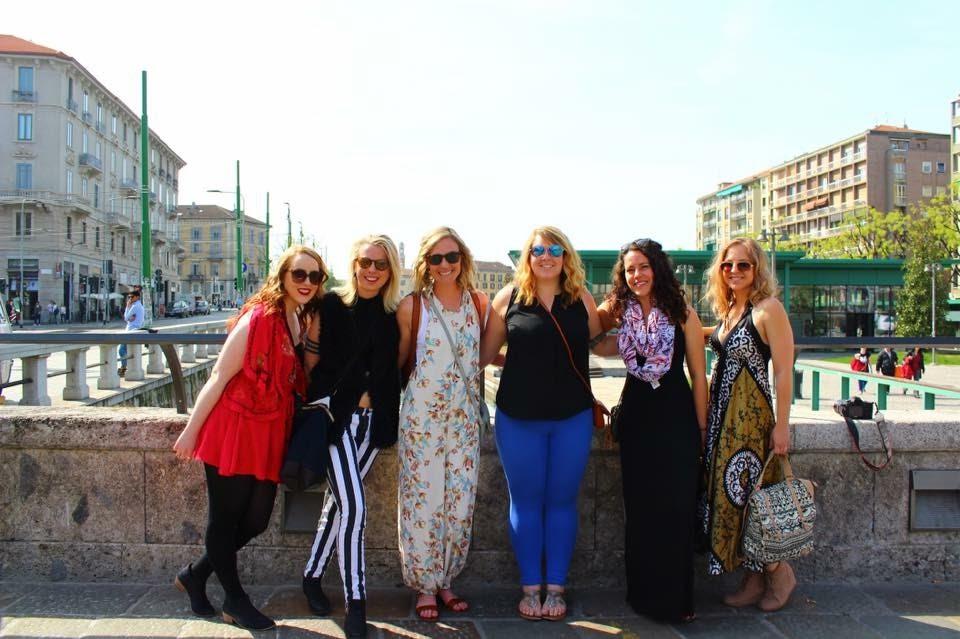
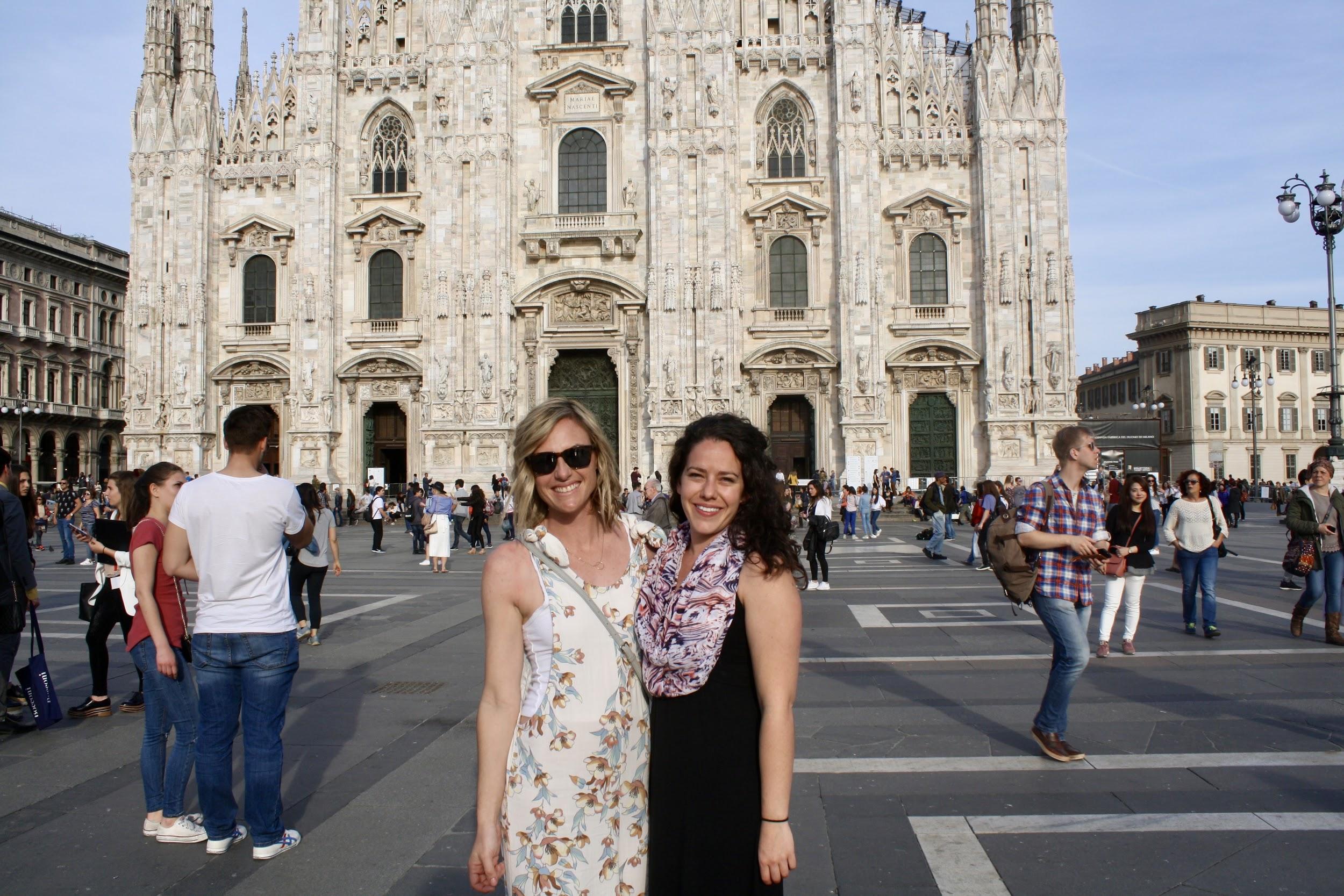

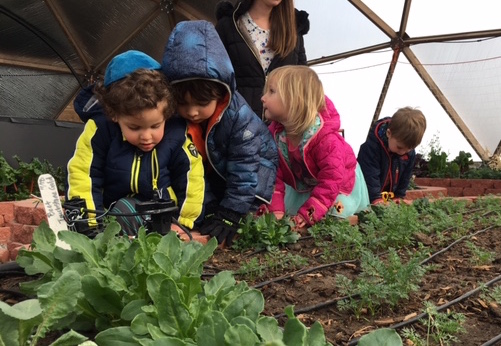
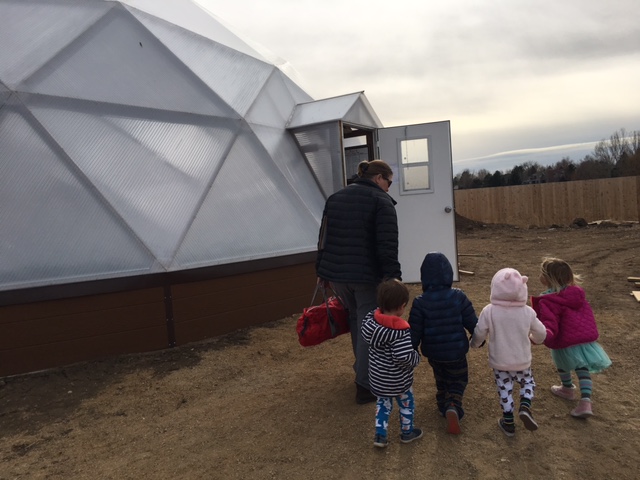



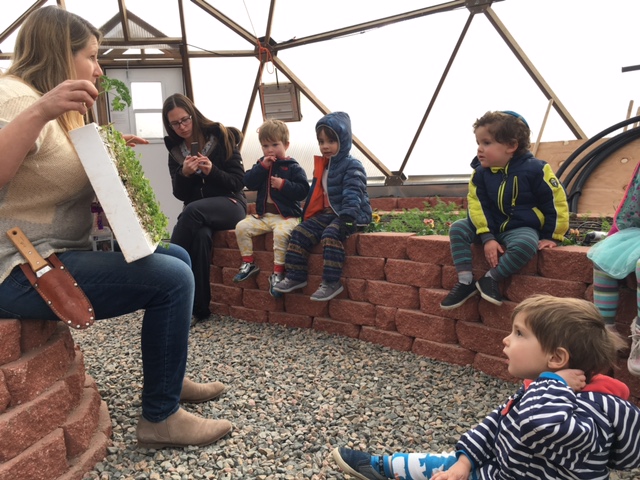



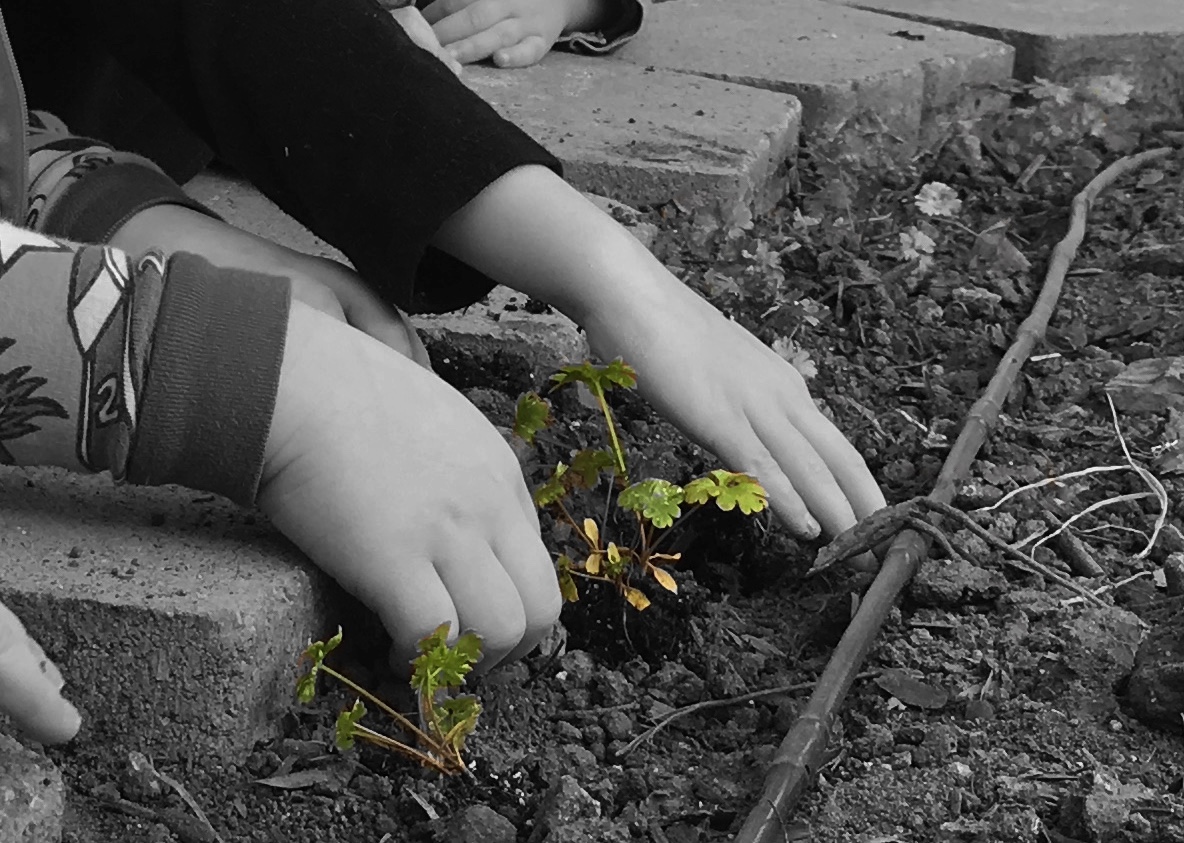
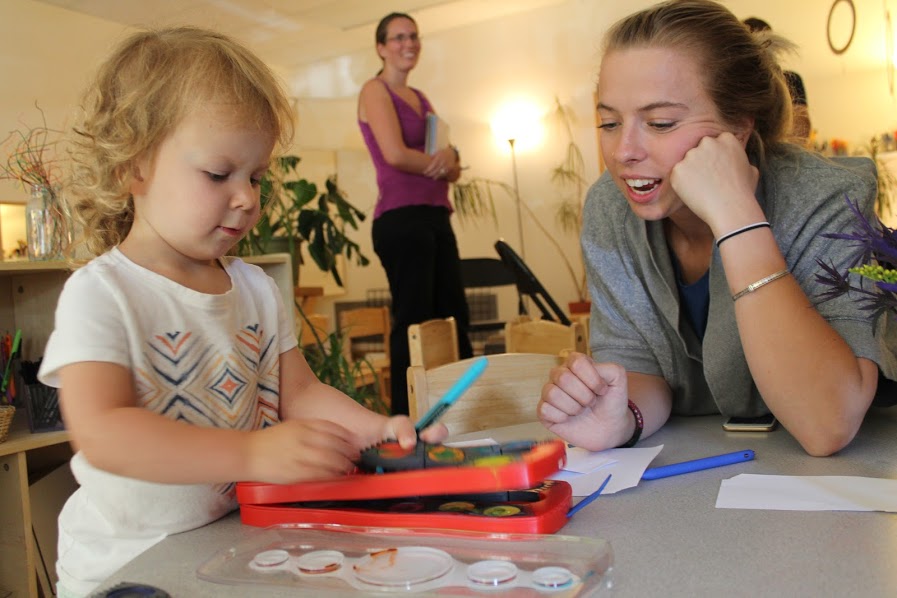
 Observation is integral to the work we do at Boulder Journey School. It is one of the most powerful tools we can use to keep pace with the children as they rapidly learn and grow. Regular observation allows us to design dynamic, high-quality experiences and environments. It allows us to cater our approach to suit the developmental level, cultural background, and personality of each child. Most of all, it invites the voices of the children into these processes–even those who are not yet speaking–because we work in response to what we observe. Most educators, I would bet, can get behind that. Traditional and non-traditional settings have long required teachers to perform formative assessments, inviting educators to tailor their instruction to each child’s observable signs of learning. We think observation can be taken even further.
Observation is integral to the work we do at Boulder Journey School. It is one of the most powerful tools we can use to keep pace with the children as they rapidly learn and grow. Regular observation allows us to design dynamic, high-quality experiences and environments. It allows us to cater our approach to suit the developmental level, cultural background, and personality of each child. Most of all, it invites the voices of the children into these processes–even those who are not yet speaking–because we work in response to what we observe. Most educators, I would bet, can get behind that. Traditional and non-traditional settings have long required teachers to perform formative assessments, inviting educators to tailor their instruction to each child’s observable signs of learning. We think observation can be taken even further.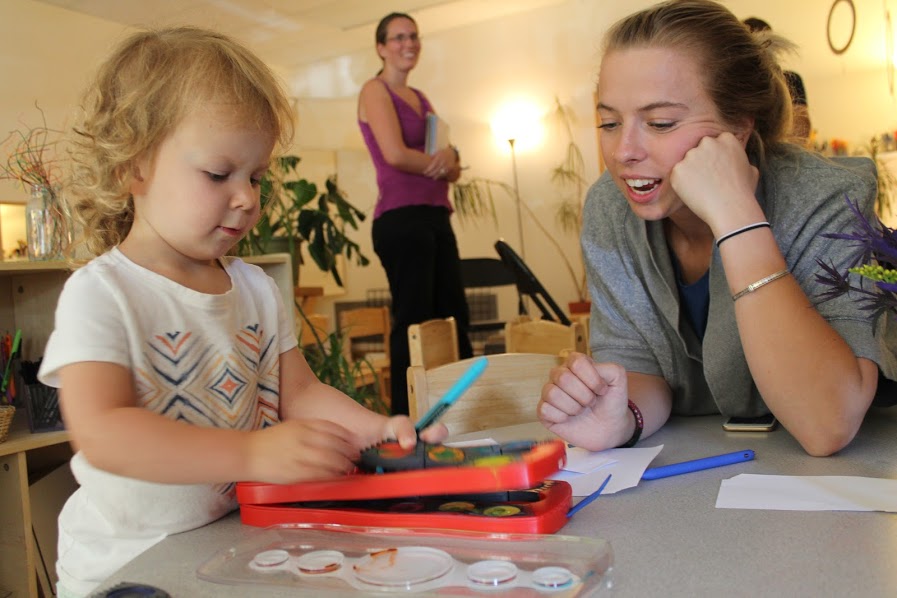 In the context of our school, observation is not just an occasional tool of assessment. It is a frame of mind, a cultivated skill that becomes second nature. We use it to know the children, to know ourselves, and to know our surroundings. We strive to be in a constant state of observation because we believe that people are–by nature–in constant pursuit of their own learning. Using observation, we join the children on that path, learning alongside them and negotiating an emergent curriculum together.
In the context of our school, observation is not just an occasional tool of assessment. It is a frame of mind, a cultivated skill that becomes second nature. We use it to know the children, to know ourselves, and to know our surroundings. We strive to be in a constant state of observation because we believe that people are–by nature–in constant pursuit of their own learning. Using observation, we join the children on that path, learning alongside them and negotiating an emergent curriculum together.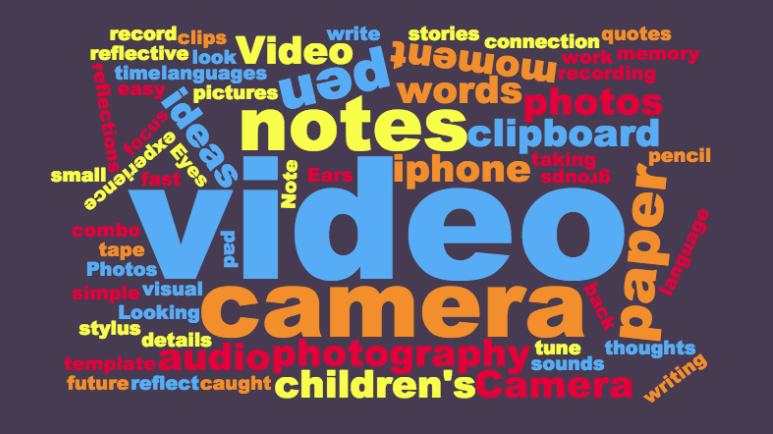
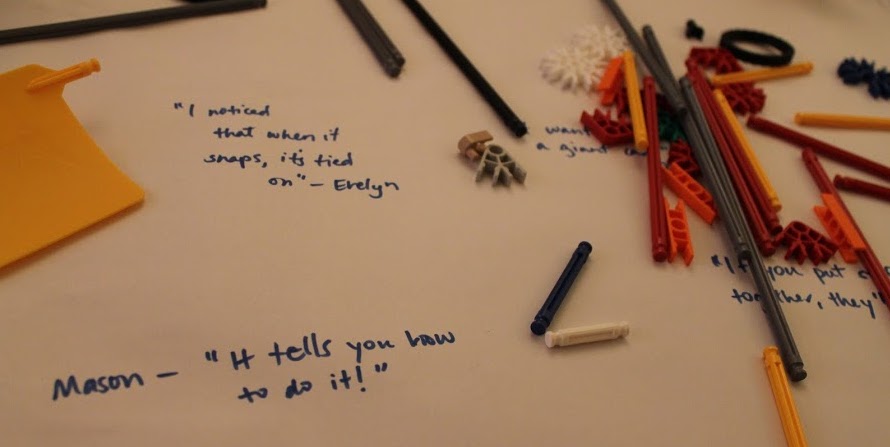
 Reflect is one of those great words that carries two oppositional meanings. The first refers to the way a mirror reflects. This definition describes the interplay between waves and particles of energy and the surface of an object: instead of absorbing light, the mirror bounces it back, creating a reflection. It is a moment of active contact: energy collides with an object and is ricocheted back, sometimes seeming to be multiplied. Imagine echoes in a tiled room; bright sunlight on a fresh snowbank; trees mirrored on a still pond. These are all forms of reflection. The second meaning of reflect is an internal, mental process. To reflect is to think deeply, carefully, intentionally. Unlike the first, this type of reflection requires absorption. Where the first is a product of energetic movement, the second implies a stillness that is necessary to process information.
Reflect is one of those great words that carries two oppositional meanings. The first refers to the way a mirror reflects. This definition describes the interplay between waves and particles of energy and the surface of an object: instead of absorbing light, the mirror bounces it back, creating a reflection. It is a moment of active contact: energy collides with an object and is ricocheted back, sometimes seeming to be multiplied. Imagine echoes in a tiled room; bright sunlight on a fresh snowbank; trees mirrored on a still pond. These are all forms of reflection. The second meaning of reflect is an internal, mental process. To reflect is to think deeply, carefully, intentionally. Unlike the first, this type of reflection requires absorption. Where the first is a product of energetic movement, the second implies a stillness that is necessary to process information. This post was contributed by current Mentor Teacher, Meagan Arango. It is part of a series on the
This post was contributed by current Mentor Teacher, Meagan Arango. It is part of a series on the 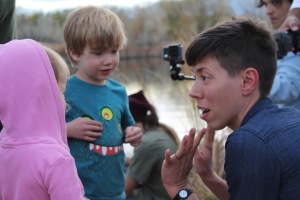 I understood, intuitively, that my mistakes, my questions, my uncertainties were good, because, for the first time, I was positioned as a learner alongside the children. The research tells us that learning is a socially mediated process–that our brains are wired to connect and we learn best with and from one another. This is the belief that motivates every person in our school to be generous with our time, our thoughts, and our resources.
I understood, intuitively, that my mistakes, my questions, my uncertainties were good, because, for the first time, I was positioned as a learner alongside the children. The research tells us that learning is a socially mediated process–that our brains are wired to connect and we learn best with and from one another. This is the belief that motivates every person in our school to be generous with our time, our thoughts, and our resources.

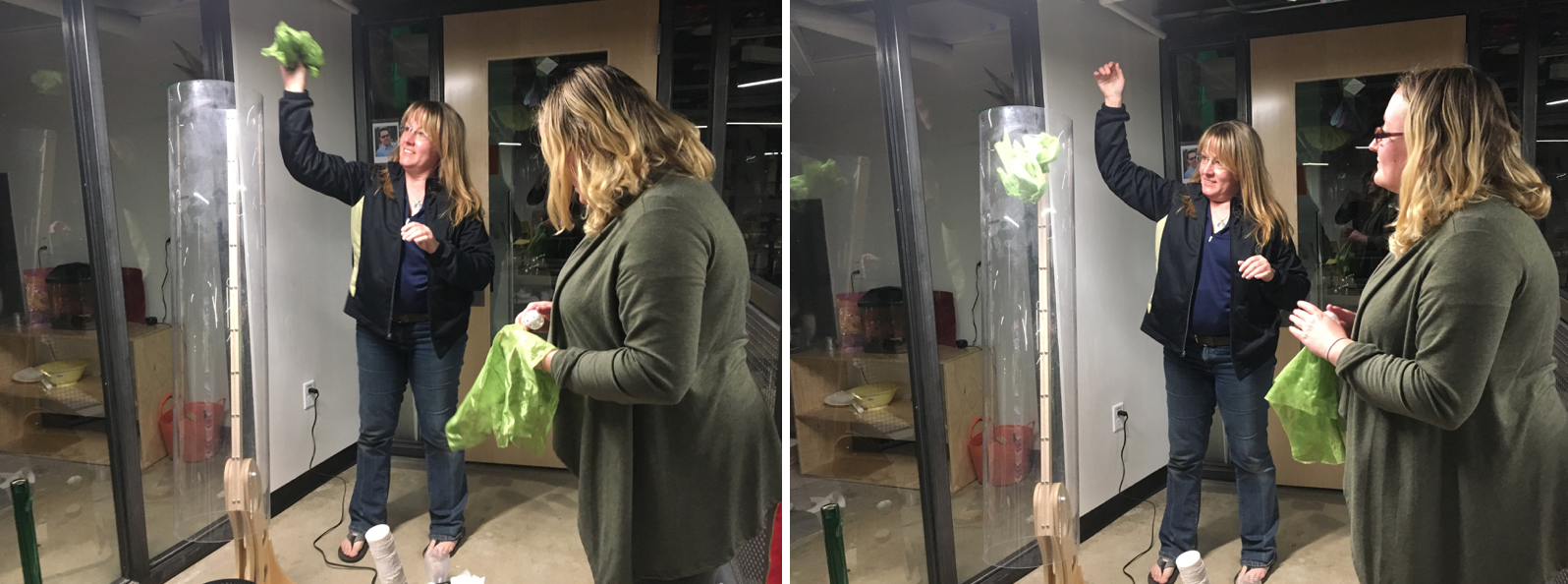


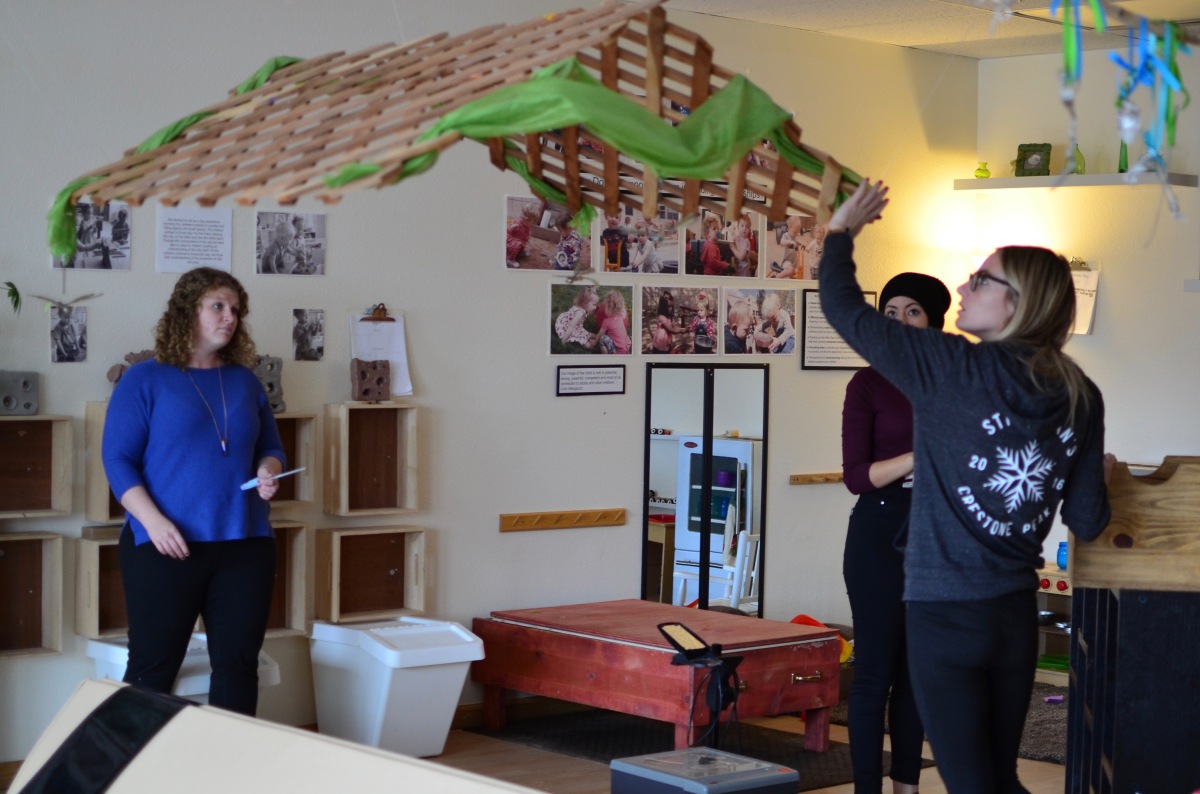

You must be logged in to post a comment.